Some streets transcend their utilitarian purpose, becoming living galleries where history, architecture, and culture blend to create immersive experiences. These remarkable thoroughfares showcase centuries of human creativity through their buildings, public art, and distinctive atmospheres that invite visitors to wander and wonder.
Here is a list of 20 streets across the world that offer museum-worthy experiences without admission tickets.
Via dei Fori Imperiali, Rome
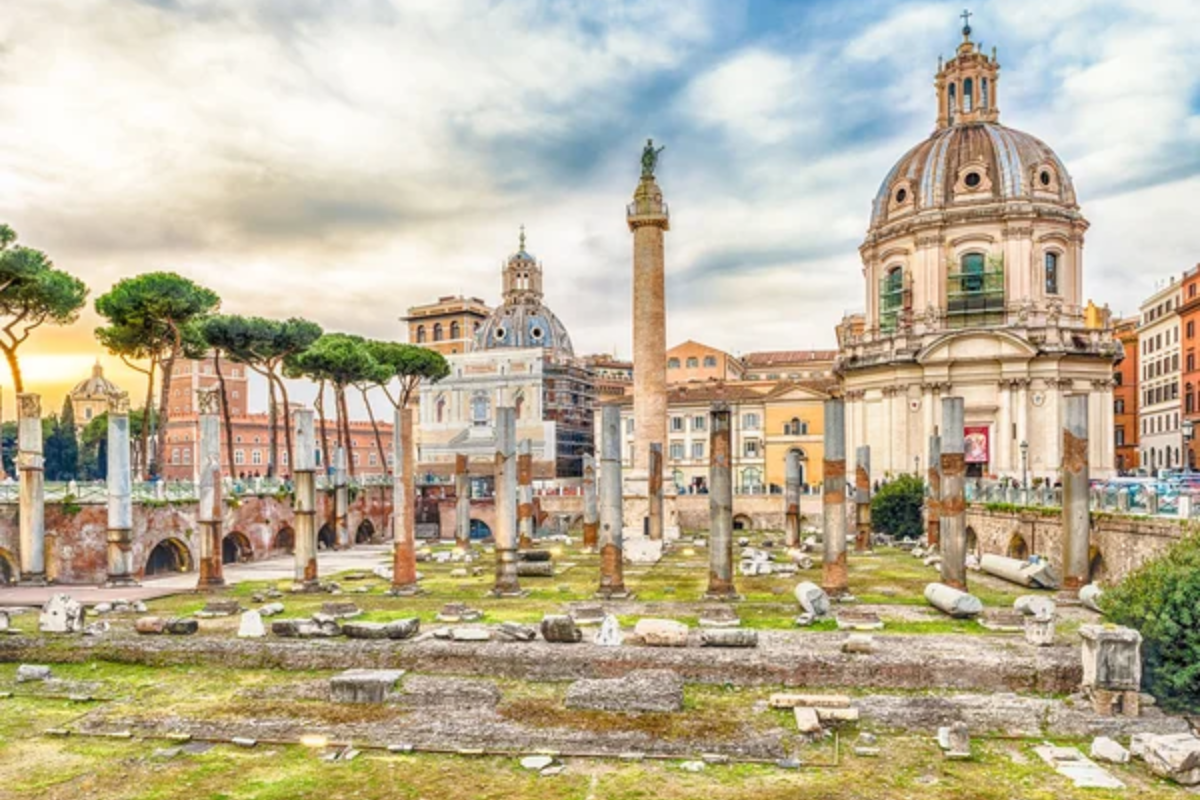
Ancient Rome reveals itself with each step along this boulevard, where imperial forums appear alongside massive brick ruins of history-shaping civilizations. Trajan’s Column and the Colosseum anchor either end of this archaeological showcase, where excavated temples and government buildings emerge from the ground level, creating a three-dimensional timeline spanning over two millennia of urban development visible from a single vantage point.
Royal Mile, Edinburgh

Medieval tenements rising five to seven stories create a claustrophobic canyon along this historic spine of Edinburgh’s Old Town, where narrow closes and wynds branch mysteriously between buildings dating from the 16th century. Carved stone emblems, turrets, and distinctive crow-stepped gables showcase Scottish architectural traditions above street level, while the imposing Edinburgh Castle and Holyrood Palace anchor opposite ends of this remarkably preserved urban thoroughfare.
Like Travel Pug’s content? Follow us on MSN.
Nevsky Prospekt, St. Petersburg

Planned as the grand centerpiece of Russia’s most European city, this broad avenue presents an encyclopedia of architectural styles from Baroque to Art Nouveau across its three-mile span. Ornate palaces, theaters, and churches, including the distinctive Kazan Cathedral, create a cohesive yet varied streetscape that embodies the city’s imperial ambitions.
At the same time, wrought iron bridges crossing the Moyka and Fontanka rivers provide frame-worthy vistas in both directions.
The Bund, Shanghai

Colonial-era European architectural masterpieces line the western side of this waterfront promenade, creating a striking contrast with the futuristic skyline of Pudong visible across the Huangpu River. Former banks and trading houses built in neoclassical, Art Deco, and Beaux-Arts styles showcase Shanghai’s international past.
At the same time, the broad pedestrian walkway allows visitors to appreciate both the historic façades and their dramatic modern counterparts across the water.
Chandni Chowk, Delhi
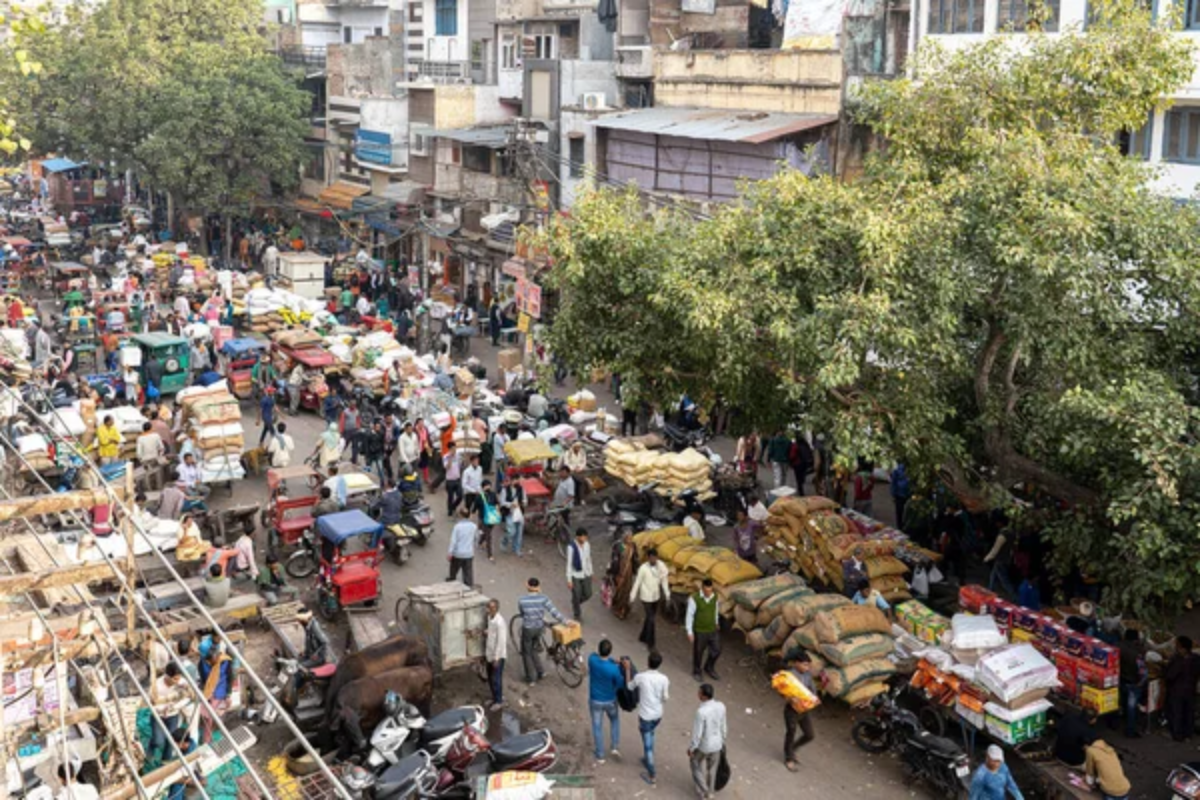
Founded in the 17th century by Mughal Emperor Shah Jahan, this bustling market street offers a sensory immersion into centuries of Indian urban life with architectural treasures hidden among vibrant commerce. Jama Masjid’s imposing domes and minarets anchor one end.
At the same time, specialized bazaars devoted to textiles, spices, and jewelry occupy distinct sections where traditional crafts continue in workshops operating exactly as they have for generations.
Like Travel Pug’s content? Follow us on MSN.
Boulevard Saint-Germain, Paris
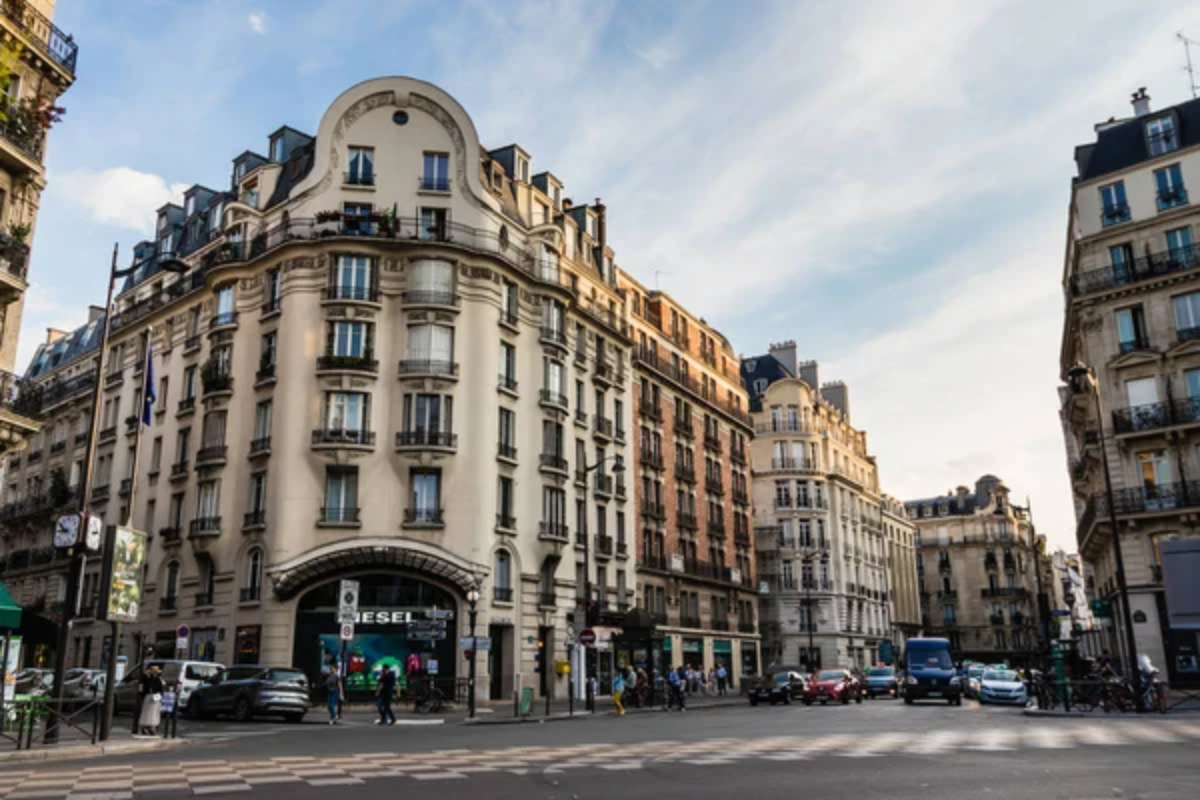
Intellectual and artistic Paris reveals itself along this Left Bank artery where café terraces once hosted existentialist philosophers and revolutionary thinkers beneath elegant Haussmannian façades. Bookshops, galleries, and fashion boutiques occupy the ground floors of buildings with a distinctive, unified aesthetic.
At the same time, historical markers identify locations where cultural movements from Surrealism to the French New Wave germinated in conversations over coffee and cigarettes.
Philosopher’s Walk, Kyoto
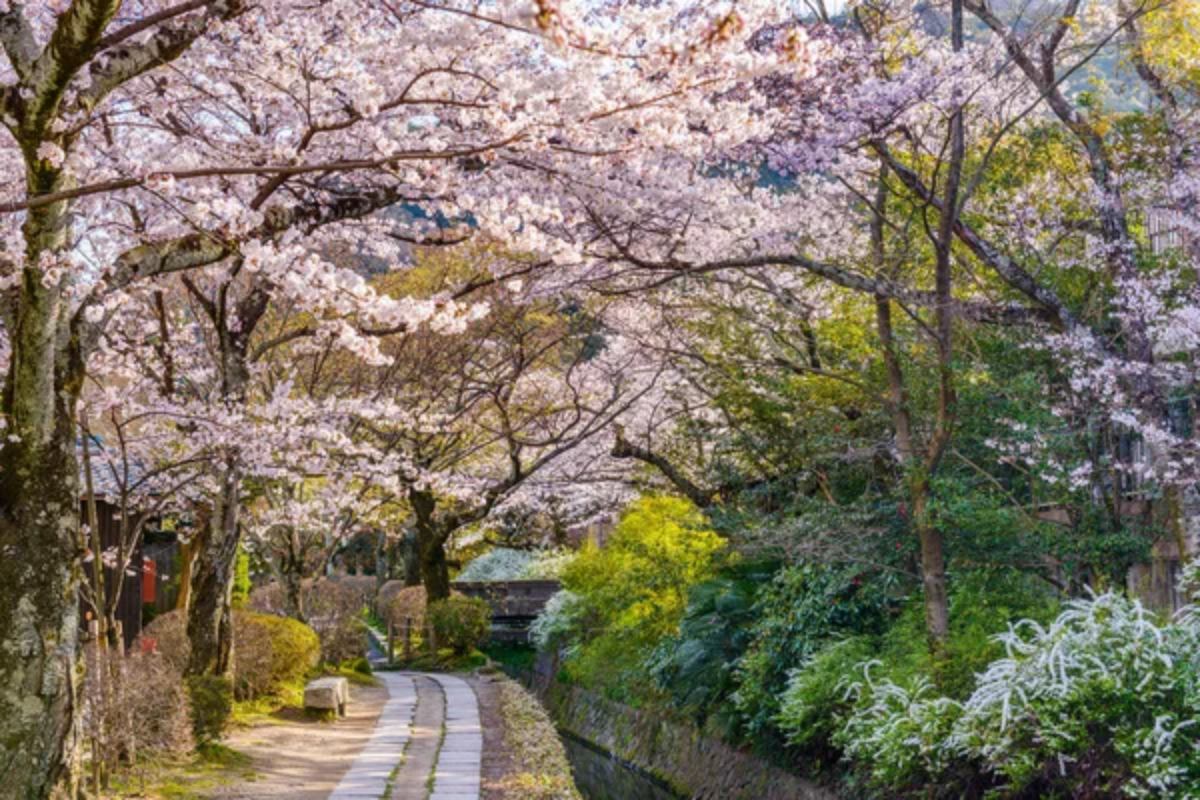
Cherry trees line this pedestrian path following a canal built to transport water from Lake Biwa, creating both seasonal beauty and engineering significance. Temple complexes, including Ginkaku-ji, anchor either end of the route, where Japan’s most influential philosophers once strolled in contemplation.
The changing seasonal appearance—from spring blossoms to autumn maples—transforms the visual experience throughout the year.
Las Ramblas, Barcelona
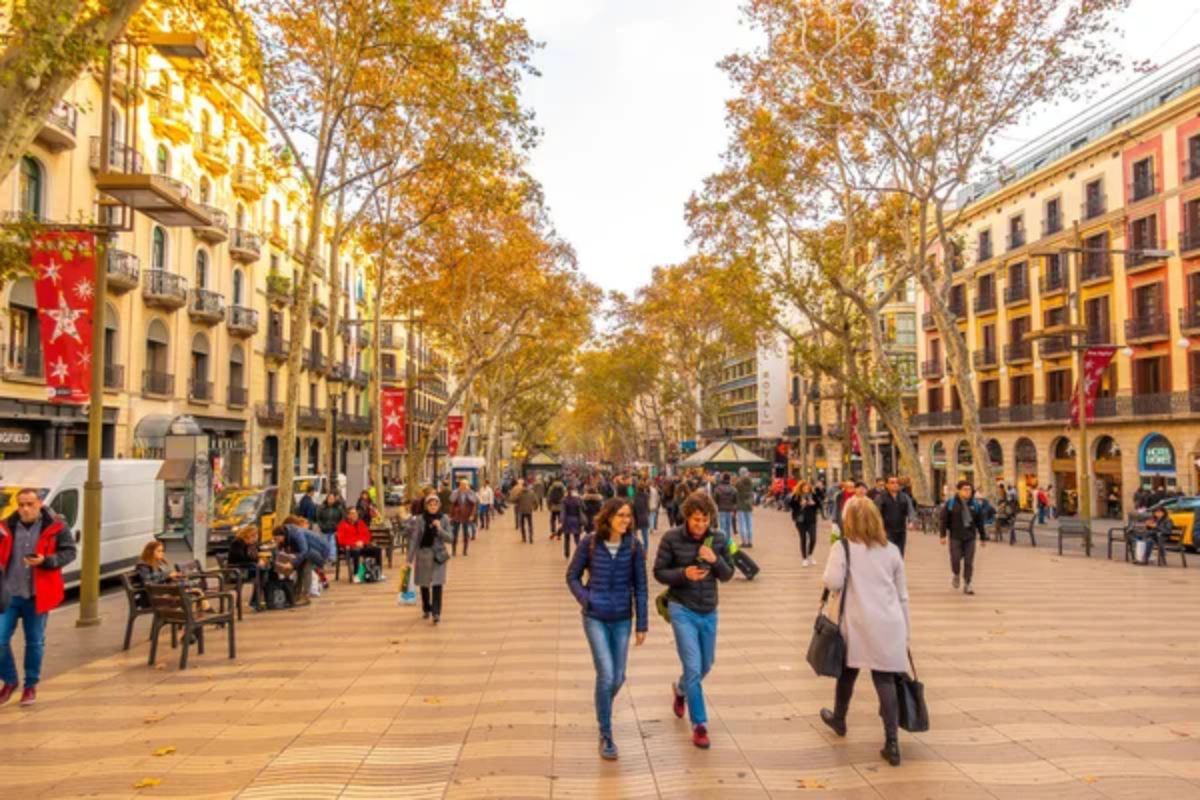
A central pedestrian boulevard designed as the city’s social artery showcases Catalan culture through distinctive architecture, street performers, and cultural institutions. Gaudí’s influence appears in lampposts and nearby buildings.
At the same time, the famous La Boqueria market and Gran Teatre del Liceu opera house provide anchoring cultural destinations along this vibrant corridor connecting the waterfront to the heart of the city.
Like Travel Pug’s content? Follow us on MSN.
Rue Bab Bhar, Tunis

Known locally as the Avenue de France, this street forms the boundary between the medieval medina and the French colonial new town, creating a physical timeline of architectural evolution. The distinctive arched gateway marks the transition between Islamic architectural traditions and European influences.
At the same time, cafés occupying buildings with hybrid design elements provide perfect vantage points for observing this cultural crossroads.
Andrássy Avenue, Budapest

This UNESCO-protected boulevard showcases neo-Renaissance palaces and cultural institutions along a perfectly proportioned thoroughfare inspired by Parisian urban planning. The Hungarian State Opera and former aristocratic mansions demonstrate the architectural ambitions of the Austro-Hungarian Empire.
At the same time, the avenue’s exceptional width and symmetry create frames for monumental buildings visible from great distances.
Caminito, Buenos Aires
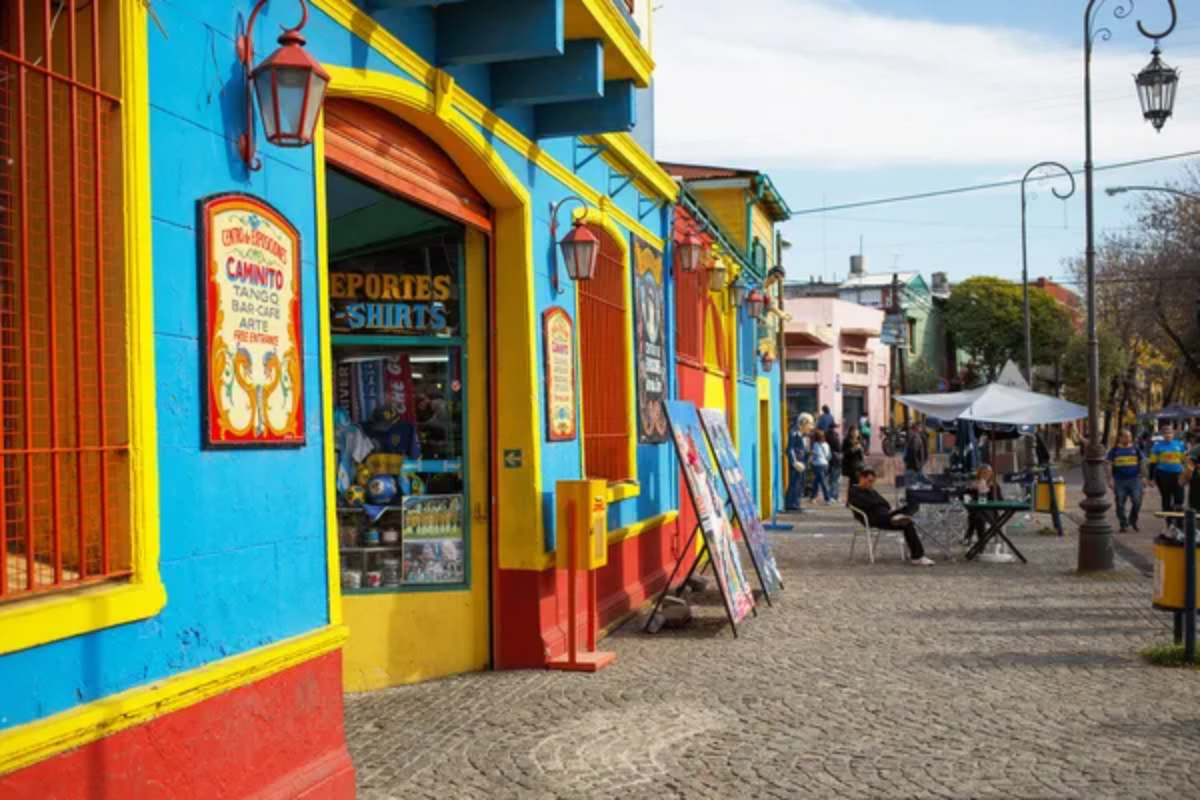
Vibrant primary colors cover the corrugated metal façades of former dockworkers’ homes in this short street, which evolved from working-class housing to an open-air art gallery. Artists, including Benito Quinquela Martín, transformed this La Boca district lane into a celebration of immigrant culture through murals and sculptures, while tango dancers perform among outdoor displays of paintings capturing the neighborhood’s distinctive character.
Like Travel Pug’s content? Follow us on MSN.
Nanjing Road, Shanghai

China’s commercial evolution appears along this pedestrian shopping street where traditional medicine shops operate alongside Art Deco department stores and gleaming modern malls. Neon signs and architectural elements from distinct periods form a visual timeline of Chinese consumer culture over the past century, creating a commercial equivalent to a museum chronology of national economic development.
The Royal Crescent, Bath
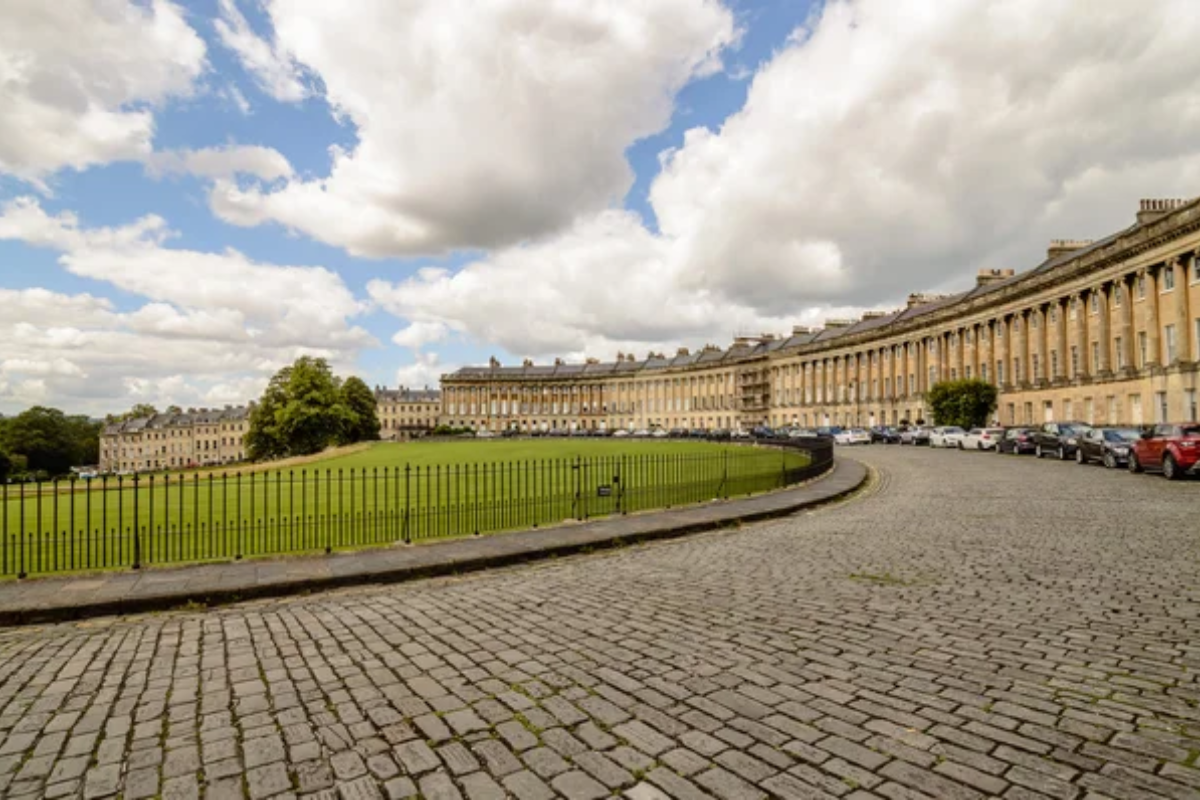
Architect John Wood the Younger created this perfectly proportioned semicircle of thirty terraced houses with uniform Palladian façades, revolutionizing urban residential design. The sweeping Georgian crescent overlooks lawns sloping toward the city center, demonstrating how architectural harmony and natural landscaping could combine to create living environments that elevated everyday residential streets into works of art.
Hollywood Boulevard, Los Angeles

Film history embedded in sidewalks through the Walk of Fame creates an interactive timeline of entertainment evolution. Meanwhile, landmark theaters like the TCL Chinese Theatre showcase distinctive themed architecture from cinema’s golden age.
The combination of memorabilia shops, historic venues, and costumed performers creates a street-level tribute to filmmaking that extends beyond formal museum presentations into a living celebration of popular culture.
Like Travel Pug’s content? Follow us on MSN.
Via San Gregorio Armeno, Naples
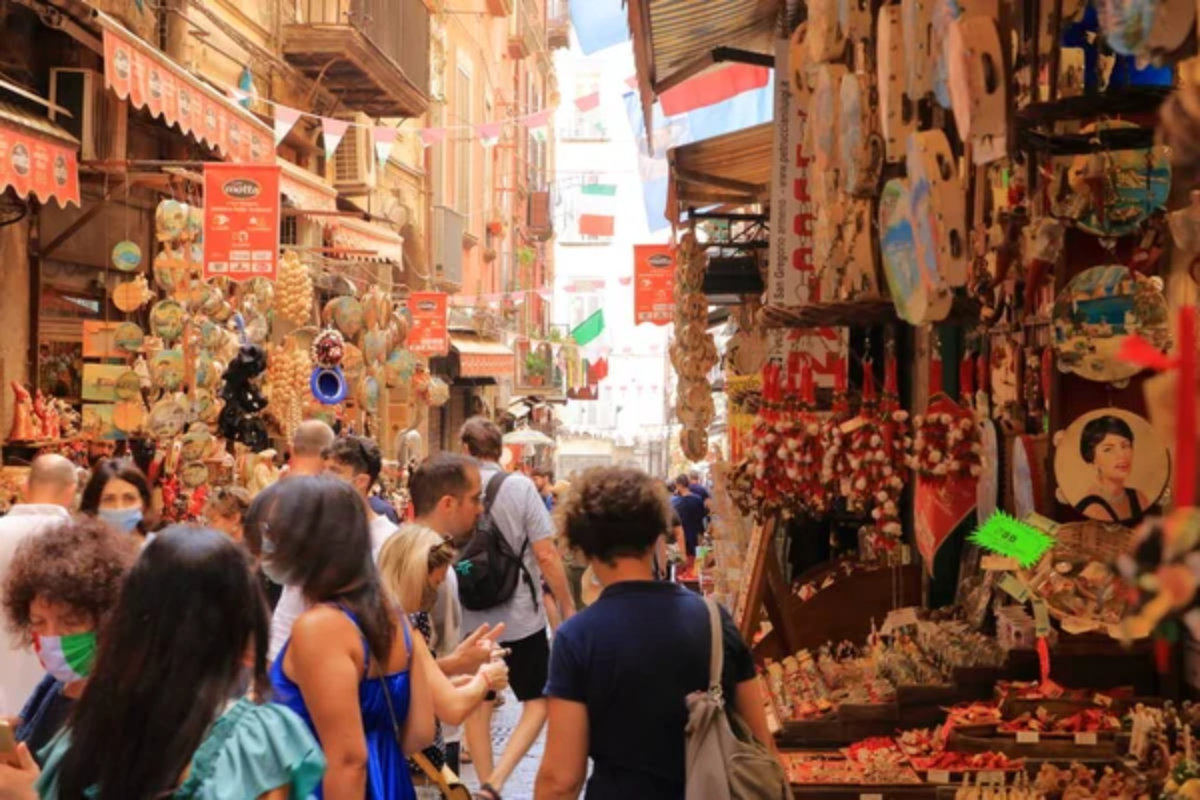
Artisan workshops producing intricately detailed nativity scene figures line this narrow street, where crafting traditions date back to the 18th century. Year-round production of handmade figurines allows visitors to observe master craftspeople creating both traditional biblical characters and satirical contemporary figures, maintaining a distinctive Neapolitan art form while adapting it to reflect changing times.
The Royal Mile, Kraków
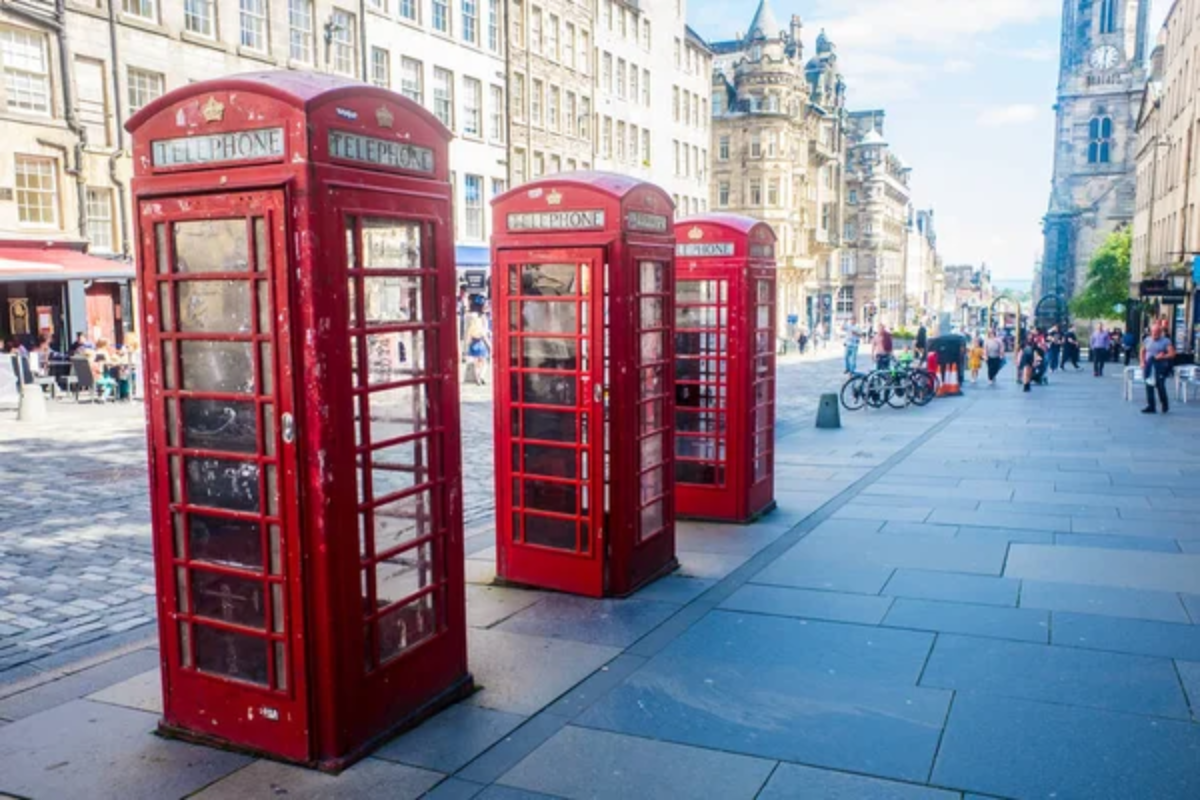
Medieval urban planning preserved intact creates a textbook example of European city development along this processional route connecting Wawel Castle to St. Mary’s Basilica. The perfectly preserved medieval market square (Rynek Główny) punctuates the route, where Gothic and Renaissance façades showcase Poland’s architectural heritage.
The defensive walls and gates provide context for understanding how cities functioned as both commercial centers and fortified safe havens.
Haight Street, San Francisco
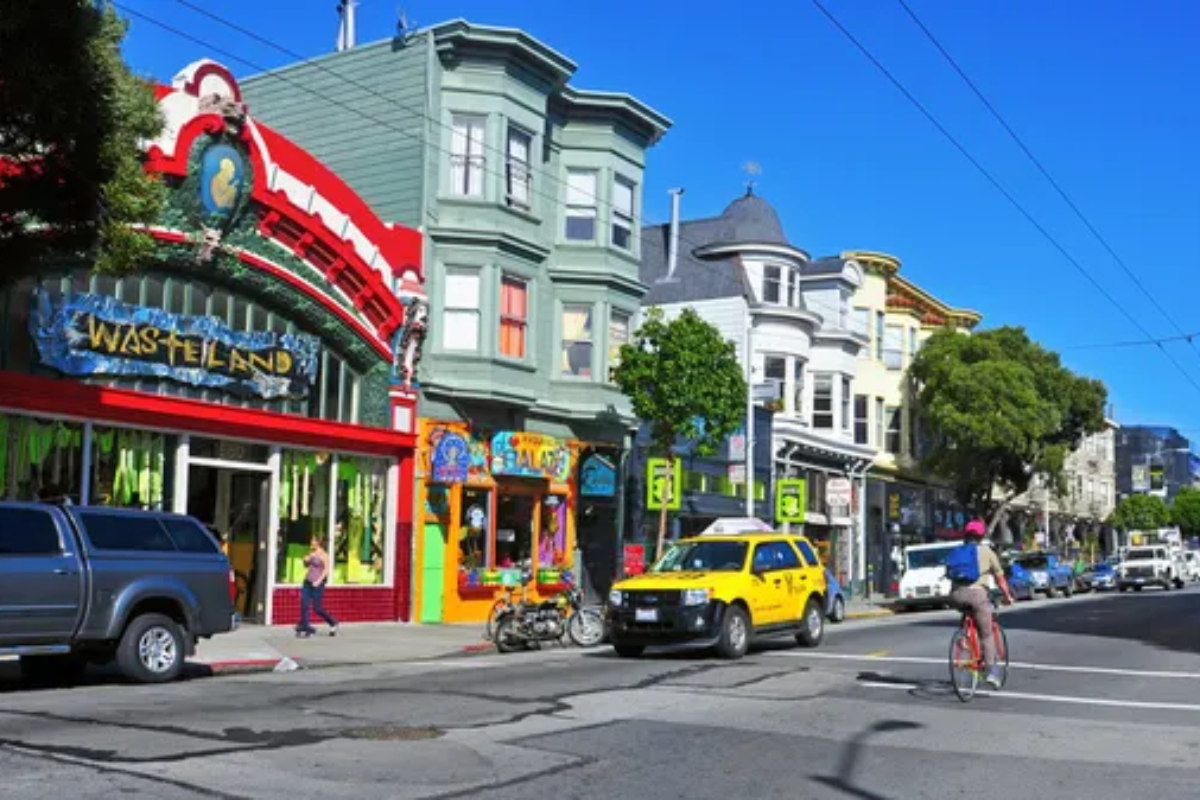
Counterculture history remains visible in Victorian “Painted Ladies”, which are decorated with psychedelic murals and shops, still embodying 1960s ideals along this street that hosted the Summer of Love. Vintage clothing stores, record shops, and bookstores maintain the street’s connection to its hippie heyday.
At the same time, historical plaques identify locations where musical innovations and social movements took shape during a pivotal era in American cultural history.
Like Travel Pug’s content? Follow us on MSN.
Hosier Lane, Melbourne
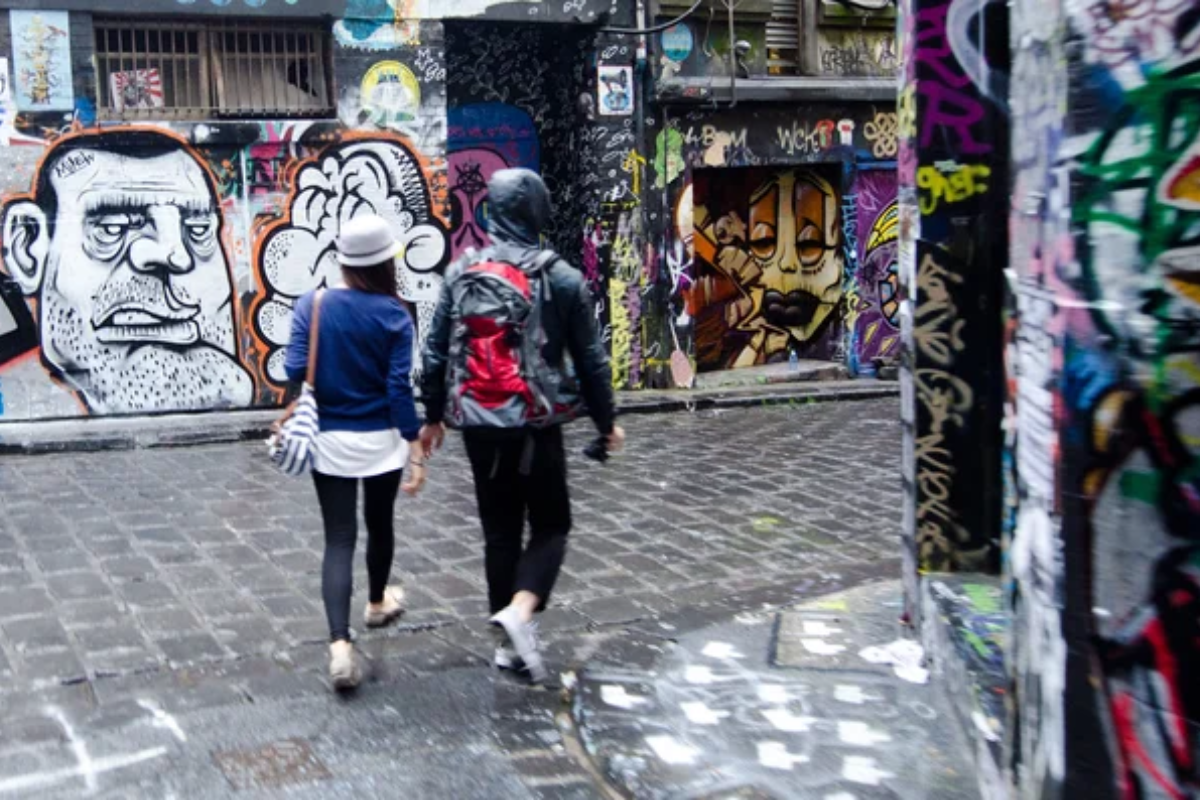
Ever-changing street art transforms ordinary walls into gallery-quality exhibition spaces along this narrow pedestrian alley where spray paint replaces marble as the medium of artistic expression. The lane’s democratic approach allows emerging artists to display works alongside established names, creating a constantly evolving showcase of contemporary visual culture with no admission fee or curatorial gatekeeping.
Bryggen, Bergen
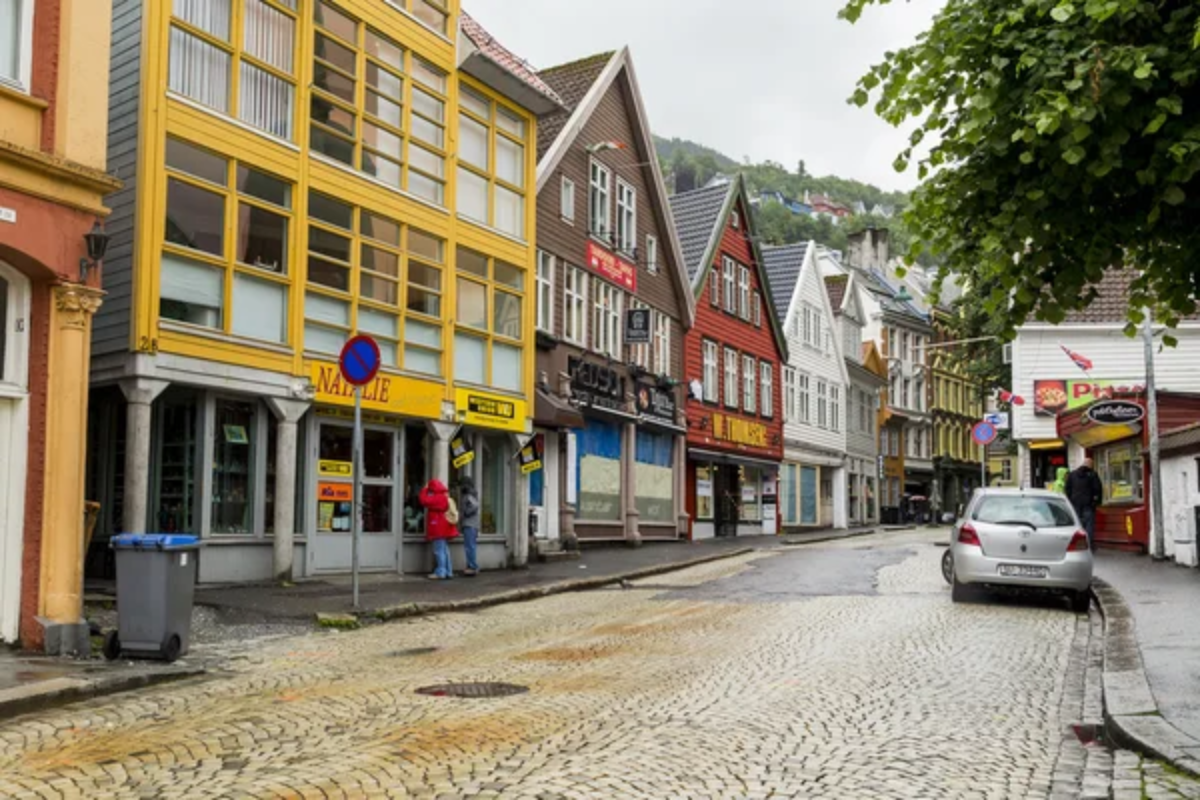
Hanseatic League commercial buildings constructed from the 14th century onward create a wooden architectural showcase along this UNESCO-protected wharf district. The distinctive timber structures with steep-pitched roofs and colorful façades demonstrate medieval Northern European building techniques, while the narrow passageways between them preserve the atmosphere of a working port that connected Norway to continental trade networks.
Via dell’Amore, Cinque Terre
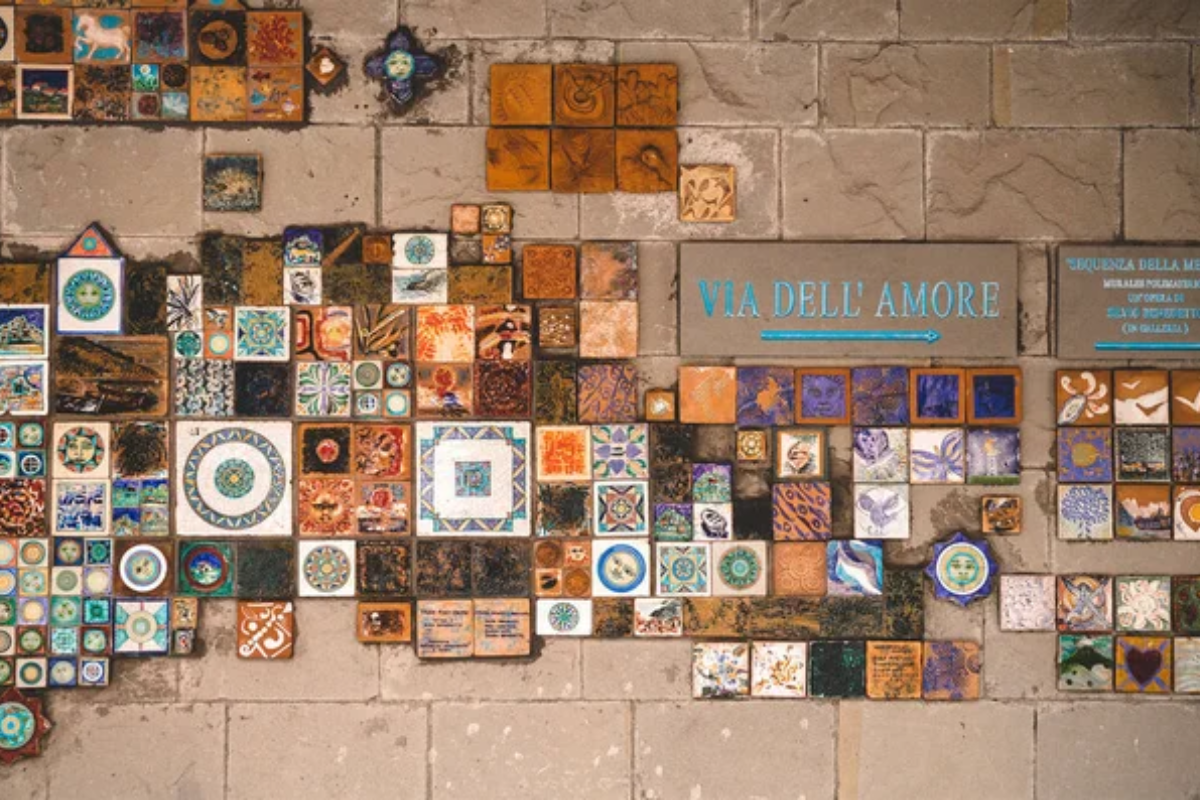
Carved into coastal cliffs between Riomaggiore and Manarola, this “Lovers’ Lane” pedestrian path doubles as an open-air sculpture gallery with works embedded in rock faces alongside the trail. The dramatic setting with Mediterranean views provides natural framing for intentional artworks and geological formations alike, creating an experience where natural and human creativity become indistinguishable along the breathtaking coastal route.
Like Travel Pug’s content? Follow us on MSN.
Life Beyond Gallery Walls
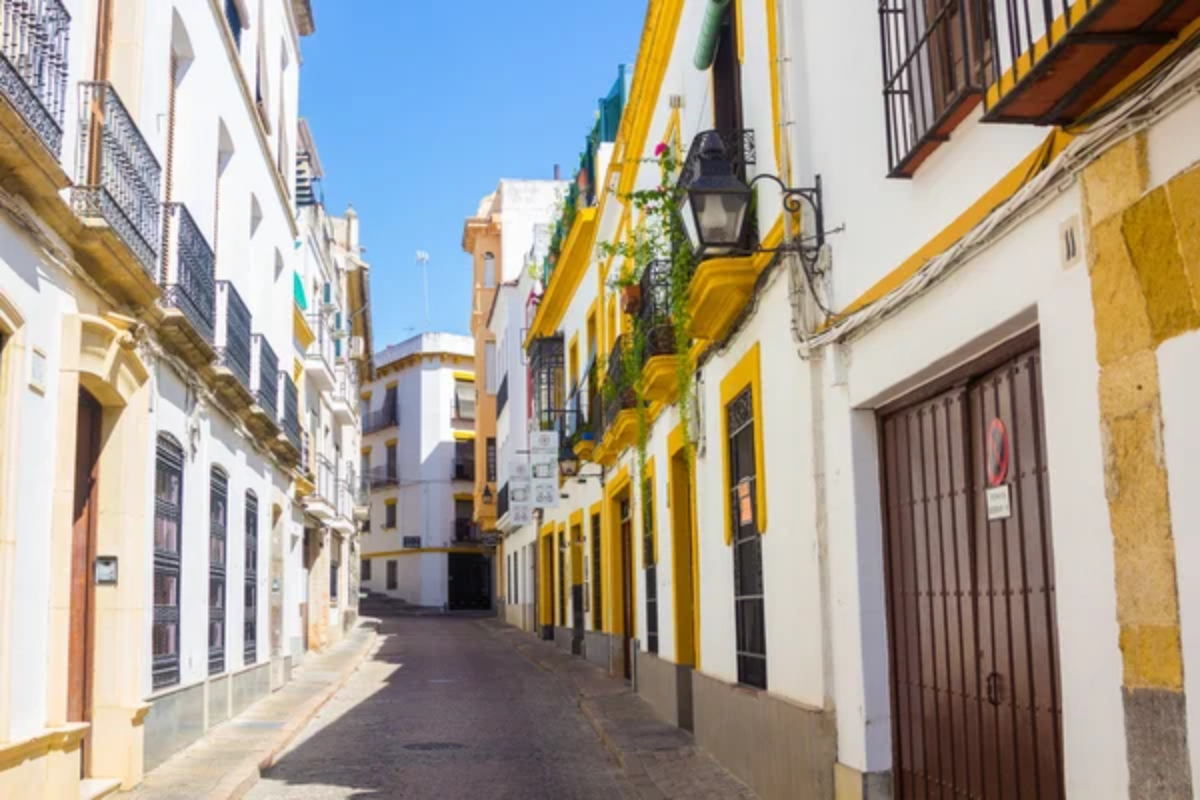
These extraordinary streets remind us that some of humanity’s greatest artistic, architectural, and cultural achievements exist not in climate-controlled museum spaces but in the everyday urban environment where they evolved organically through centuries of use. Unlike formal exhibitions where objects appear removed from their context, these living galleries present creativity in its natural habitat—the streets where people have gathered, worked, worshipped, and created community across generations.
In these remarkable places, the boundaries between daily life and museum-worthy experience dissolve completely, allowing visitors to become participants rather than mere observers of cultural heritage.
More from Travel Pug

- Cities Growing so Fast You Won’t Recognize Them in 10 Years
- 13 Destinations Where Tourists Regularly Regret Their Trip
- 16 U.S. Cities That Are Quietly Becoming Travel Hotspots
- Where to Travel If You Love Long Bus Rides and Daydreams
- 20 Cities Perfect for Solo Travelers Who Crave Adventure & Culture
Like Travel Pug’s content? Follow us on MSN.
